Interesting Facts About Peregrine Falcons
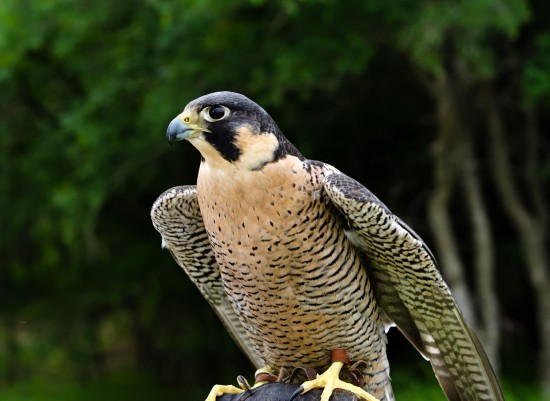
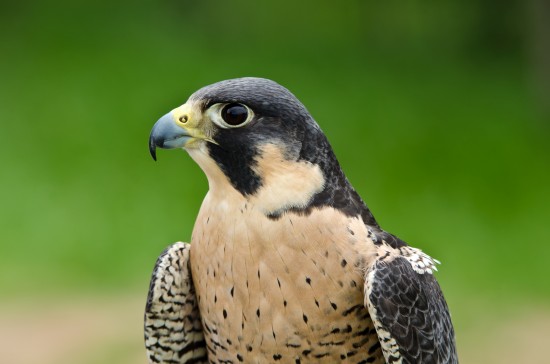
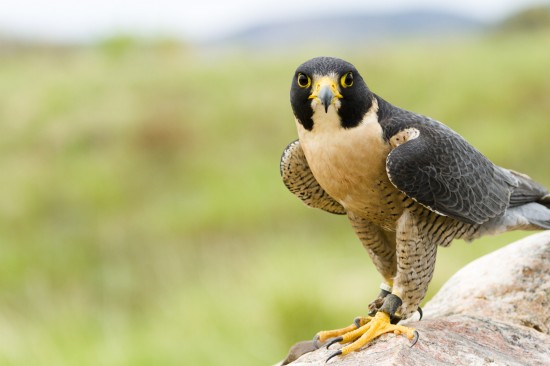
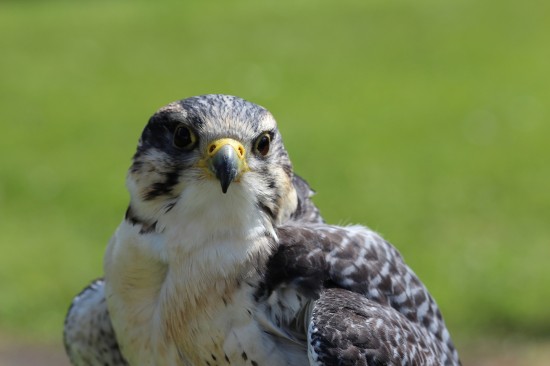
Keeping birds of prey is a thrilling experience, but you need to know all about these magnificent birds in order to look after them correctly. In captivity, they need to have the right sort of environment to live in. They need to be taken out regularly so they can spread their wings and do what comes naturally to them.
Below are a few interesting facts about one of the most beautiful and elegant British birds of prey, the Peregrine Falcon.
- The peregrine is Britain's largest breeding falcon
- They measure anything from 38 to 48 cm long and boast a wingspan of 95 to 100 cm
- Female peregrines are considerably bigger than the male birds – females are usually up to a third larger than their male counterparts!
- Male peregrines are referred to as “tiercels” because they can be third smaller than the females are
- The upper parts of a peregrines body is dark blue/grey and the under parts are paler with fine, dark stripes/bars
- The peregrines' head has a type of black hood marking with black moustache type markings around the face
- Juvenile peregrines are brown in colour with much heavier streaks on their under parts
- Peregrines are for the majority of the time silent birds, only calling when they have a nest or when they are disturbed
- The noises a peregrine makes are a series of quick and loud “kee” notes which can often be mistaken for the calls that gulls make
Although peregrine falcons can be found in the UK, they can also be found on other continents too. The only regions of the world where they cannot be found are on the high Arctic and Antarctic continents.
Here are some more facts you may not know about peregrine falcons:
- Peregrines can be seen in many types of habitats. This includes along the coast of the UK, in wide open spaces and on moorlands
- Some peregrines are quite happy to live in urban areas and this includes in around 10 cities throughout Britain where they have adapted to city life really well
- In towns a pair of peregrines will set up their nest in chimneys, on electricity pylons and even on the towers of cathedrals, which are similar in height to a cliff face in the wild
- There are three pairs of peregrines who are thought to have made their home in Birmingham – although not all have bred young every year in the city yet
- Peregrine falcons don't make nests – they lay their eggs in shallow unlined holes or even surfaces with slight dips in them
- A female will usually lay anything from 2 to 4 eggs in a clutch, and she lays her eggs at three day intervals only sitting on them when she has laid enough
- If the first clutch of eggs a peregrine lays does not hatch out, the pair can have another clutch of eggs to compensate for the loss
- Peregrine falcons usually start breeding and laying eggs from around February onwards
- Females incubate their eggs for 29 to 32 days
- When the young chicks hatch, the male bird provides them with the majority of the food they need to eat
- When sitting on eggs, peregrines like other falcons curl up their feed so their talons don't damage the eggs. The female will roll her eggs with her beak so her eggs incubate evenly
- When the chicks are 3 week old, they start walking and jumping around in their nests
- Chicks can normally fly when they are about 40 days old but they stay very close to their nest site when they first start out
- Peregrine chicks are dependent on their parents for another two months after they first get their wings and start flying
- Peregrine falcons pair up for several years
- A peregrine can live up to 10 years – the oldest recorded peregrine lived to the ripe old age of 15 years and 6 months
With so many peregrines now living in urban areas of the country, their diet has changed from the birds that live in more rural and wilder areas of the country. The birds have an ability to adapt to their surroundings really well but their numbers in some areas of the country are still only growing very slowly because of man's persecution. City dwelling birds have learnt to feed on a different diet than the birds that live along the coast, on moorlands and other wide open spaces.
Here are a few more interesting facts about the peregrines diet:
- Peregrines that have made their home in cities around the country tend to feed on the smaller wild birds they find around them. Typically, these are starlings, pigeons and other small animals found in towns
- Peregrines that live on the coastlines, moorlands and other wide open spaces will feed on wading birds and often they'll catch wild ducks too
- When in hunting mode, the peregrine dives down from above onto its prey at amazingly fast speeds – they strike their prey so hard the impact often kills the prey and is referred to as a “stoop”
- The peregrine falcon is the world's fastest animal – these birds can fly at speeds of up to 180 km per hour!
- In order to breath at such high speeds, the peregrine falcon has developed nostril pegs and it's these pegs that slow the intake of wind down and as such prevents the bird's lungs from bursting!
Peregrine falcons were very affected by pesticides commonly used in agriculture during the 1960s. Their numbers dropped dramatically during this period of time. However, over recent years the number of pairs of these gorgeous birds of prey have increased, today there are around 1,400 breeding pairs to be found around the UK and they remain a protected species. If a peregrine falcon is harmed by a person, there is a huge fine and the person may even have to face going to jail.





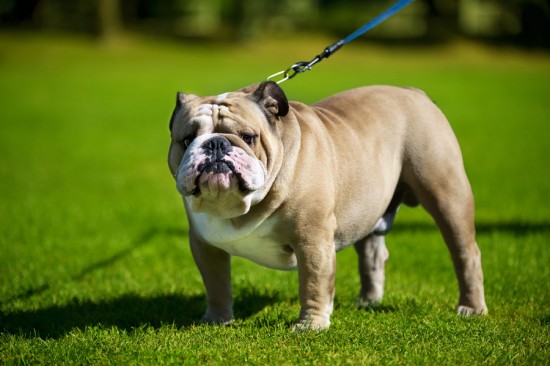 Pedigree Dogs Exposed - Three Years On (part Two)
Pedigree Dogs Exp
Pedigree Dogs Exposed - Three Years On (part Two)
Pedigree Dogs Exp
 Breast Cancer In Female Dogs - Mammary Gland Tumours
Breast Cancer In
Breast Cancer In Female Dogs - Mammary Gland Tumours
Breast Cancer In
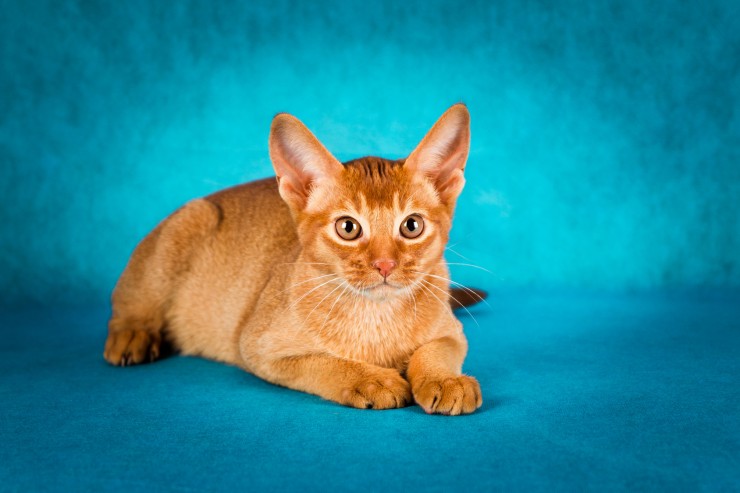 The Abyssinian Cat And Health Issues
The Abyssinian Ca
The Abyssinian Cat And Health Issues
The Abyssinian Ca
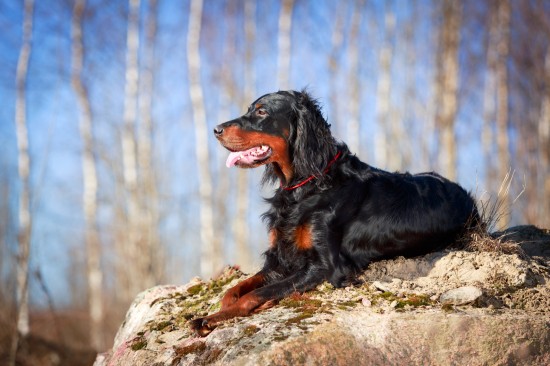 Some Frequently Asked Questions About The Gordon Setter Dog Breed
Some Frequently A
Some Frequently Asked Questions About The Gordon Setter Dog Breed
Some Frequently A
 The Borzoi A Breed With Few Hereditary Health Disorders
The Borzoi A Bree
The Borzoi A Breed With Few Hereditary Health Disorders
The Borzoi A Bree